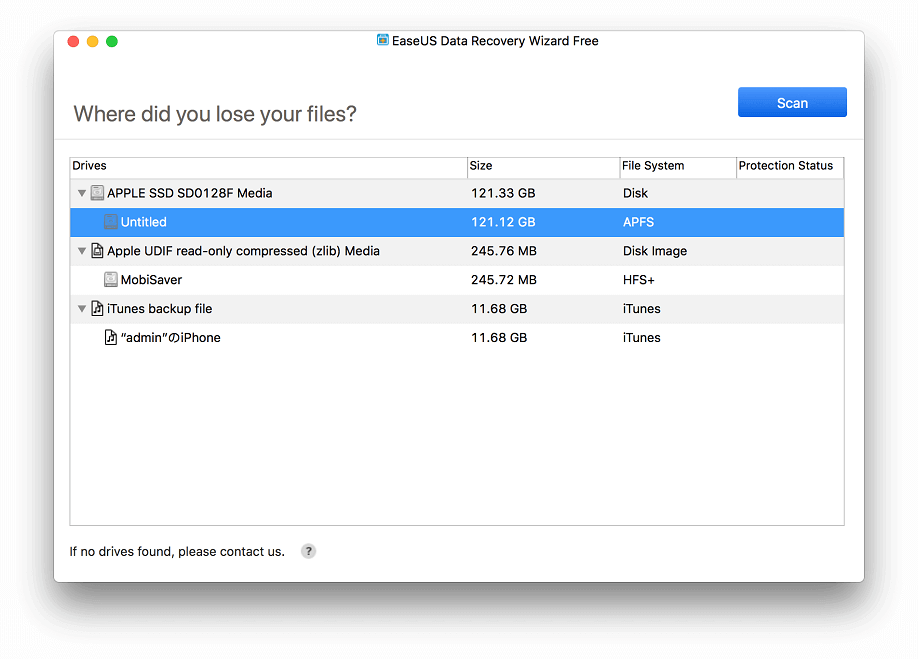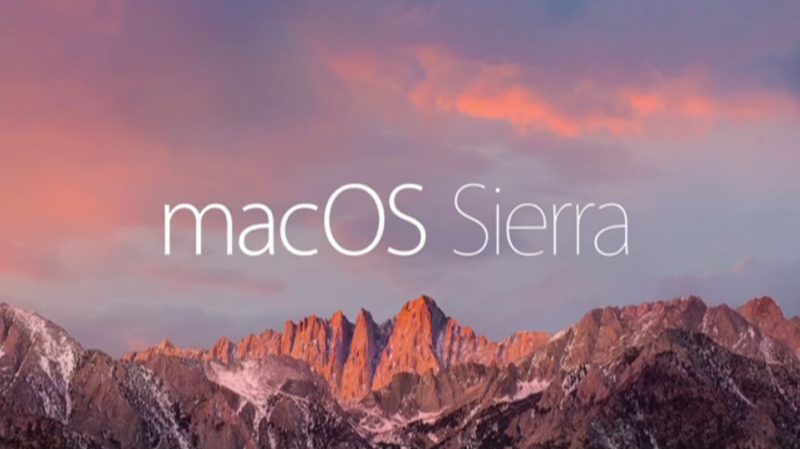
Recovery Usb For Mac Sierra Os
To make a recovery USB drive, make sure to get a 8GB or higher capacity drive, download the macOS installer from the App Store on a working Mac, and use the Install Disk Creator tool to generate it. To use a USB recovery drive, insert the drive into your Mac and hold down the Option (⌥) key while starting your machine. Full macOS Sierra 10.12 Installation Package; Configured on a Bootable SanDisk 8GB Flash Drive; Instructions Included and Backed by Skilled Tech Support.
Advertisement As you may know, you can reinstall macOS on your computer via the internet recovery. But did you know that you can create a bootable USB drive to install macOS from? This will let you boot your Mac from a different source if it won’t work normally, and makes installs on multiple machines easy.
Let’s see how to do this. Choosing a USB Flash Drive for Installing Mac USB flash drives are cheaper than ever, so you won’t have to spend much for this task. However, make sure to buy a name-brand flash drive (like SanDisk, Kingston, or PNY) from a reputable store. Stay away from super-cheap drives with suspiciously high storage on sites like eBay. These drives have their firmware hacked to report a false size to your operating system.
Not only will the transfer speeds be painfully slow, but using them may also result in loss of data or even a damaged USB port. Also, check to see what ports you have on your Mac. The 12″ MacBook has a single USB-C port, while MacBook Pro models from 2016 and later feature USB-C ports exclusively. Fortunately, there are USB-C drives available, or you can use a USB-C to USB-A adapter. It’s best to go with a USB 3.0 drive, with a minimum size of 16GB.
The is good overall value for the money; we’ve highlighted for more options. $9.87 Formatting Your USB Flash Drive You can only create a bootable installer for macOS on a Mac.
If you’re using a flash drive that already has data on it, make sure to back up any important files as you’re going to erase everything in a moment. Navigate to Applications Utilities, and open up Disk Utility. You should see your flash drive under the External section in the left pane. After selecting it, click on the Erase button along the top.
Choose a friendly name (which you’ll use later), and make sure to choose Mac OS Extended (Journaled) for the format. Finally, click Erase and you’re done with this step.
Downloading the macOS Installer To download the macOS installer, open the App Store and search for your version of macOS. Click on the Download button if you’re on High Sierra or earlier. MacOS Mojave is slightly different, as it opens up your System Preferences to download the installer. This is because one of is a new way of installing updates.
If something doesn't quite work right after you've installed, you can reinstall the operating system so it is a fresh copy. Reinstalling a fresh copy of macOS High Sierra will not affect your current settings. Applications and settings will remain the same. Completing this process replaces the core files of macOS Mojave in case something wasn't working right before. Before you start: Back up your data. It is a good idea to perform one before starting with a clean copy of macOS Mojave.
You can also back up files and documents using a cloud-based storage system like, or the easiest:. Make sure the computer on which you're installing a fresh copy of macOS Mojave can be connected to the internet, either via Wi-Fi or Ethernet. This step is important. An Internet connection is needed in order to reinstall the macOS operating system.
If you are using a laptop, make sure it is connected to a power source. How to install a new copy of macOS Mojave in Recovery Mode Recovery Mode is the special salvation of the Mac that first launched with OS X 10.7 Lion. It creates a temporary boot partition that allows you to access certain things on your computer that you might not be able to if your system froze or crashed.
It is the easiest way to install a fresh copy of an operating system. Connect your Mac to the internet via Wi-Fi or Ethernet.
Click on the Apple icon in the upper left corner of your screen. Select Restart from the drop-down menu. Hold down Command and R (⌘ + R) at the same time. When you hear the startup chime (or when the screen goes black on newer Macs), keep holding the keys until your computer reboots. Click on Reinstall a new copy of macOS. Click Continue.
Click Continue again when the installer window appears. Agree to the software terms and conditions. Select your hard drive. Click Install. Complete the installation process.
Orzly Pro Gamepad Turbo Controller (Wired) – Price: $21.99 A simple easy to connect a generic wired controller that resembles the official switch pro controller’s shape (but smaller) with a long 10ft cord. Orzly has a nice turbo button feature for rapid-fire gameplay, that can be easily turned off or on at any time. The worst parts about this controller are the odd feeling D-Pad, that might be a problem in some games, and no HD rumble or Gyro motion. It is questionable how long it will last without something breaking, but the quality seems to be good enough, with a very tight design. Driver for switch pro controller mac driver.

How to download a fresh copy of macOS Mojave from the Mac App Store When you install the latest operating system from Recovery Mode, sometimes, your Mac will install an older operating system, like High Sierra or Sierra. Once the older operating system installation is complete, you can then download Mojave directly from the Mac App Store. Remember, you must have an internet connection in order to download a fresh copy of the Mac operating system. Click on the Apple icon in the upper left corner of your screen. Click on App Store. Click on the Purchased tab in the Mac App Store window. Select macOS Mojave from the list of purchased apps.
Click Download. Click Continue when asked to confirm that you want to install software that is already on your computer. Click install after macOS Mojave is finished downloading.
Complete the installation process. Any questions? Do you need help reinstalling macOS Mojave on your Mac? Post your questions in the comments and I'll do my best to help troubleshoot your issue. Updated September 2018: Updated for the public launch of macOS Mojave. This post may contain affiliate links. See our for more details.